Amazing Asparagus: Easy Ways to Cultivate, Grow, and Cooking Asparagus
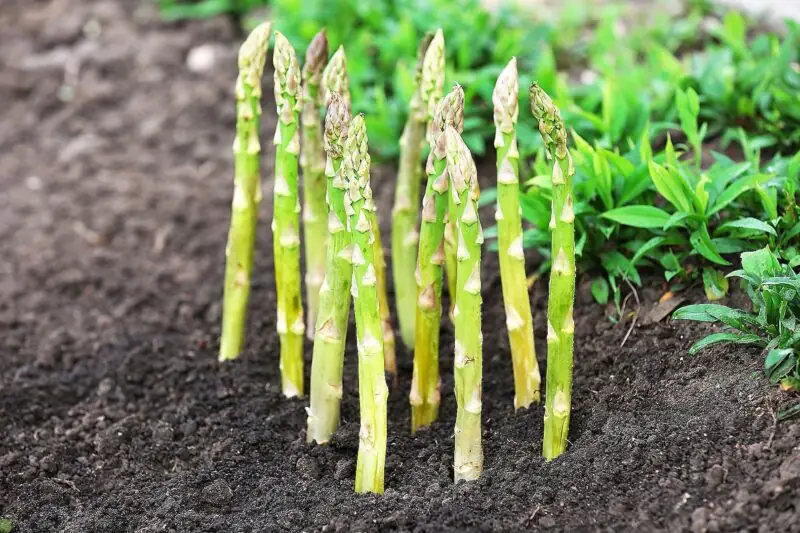
Asparagus Plant Overview
So, what’s the first thing that comes to mind when I say the word “asparagus?” If you’re like me, it might be the vision of those tender green spears, bathed in olive oil, sprinkled with salt and pepper, then roasted to perfection. But, asparagus is so much more than just a delicious side dish. It’s a fascinating plant with a rich history, and let me tell you, growing it can be an absolute joy! Let’s talk more about that.
Description of the Asparagus Plant
Imagine if you will, a slender green spear reaching towards the sun. That’s asparagus for you! Its spear-like stalks grow anywhere from 4 to 6 inches high, and they’re usually about an inch thick. The ends of the asparagus spears, oh, they are something else! They’re tight little bundles of tender deliciousness, crowned by what looks like a leafy green headdress.
Varieties of Asparagus
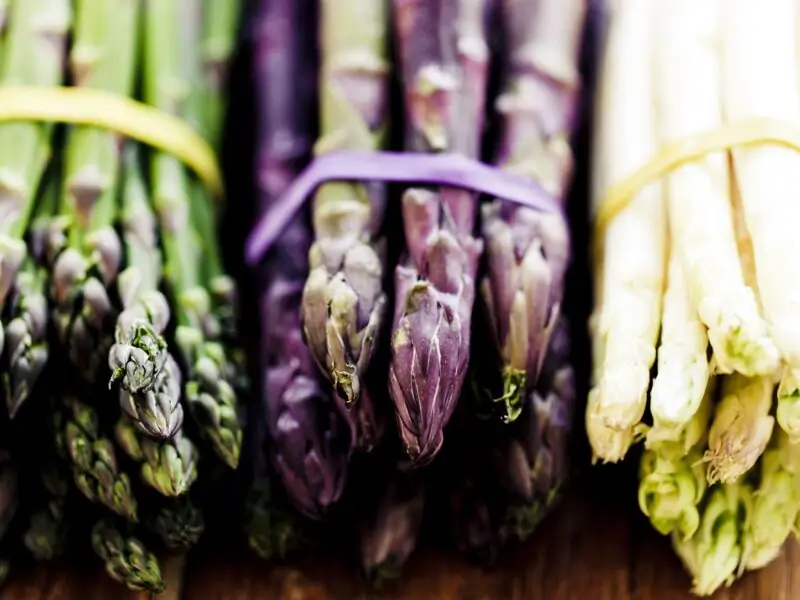
Speaking of whimsy, did you know asparagus comes in more than just the standard green variety? That’s right! It’s like a fashion show out there with green, white, and even purple asparagus strutting their stuff. Green asparagus is the most common, while white asparagus is the same plant, but it’s grown in the dark to prevent it from turning green. Purple asparagus, on the other hand, has a higher sugar content and is naturally a deep burgundy color. Each one brings its own unique flavor to the table.
Nutritional Value and Health Benefits
And folks, it’s not just about the flavors, asparagus is high in nutrients too! It’s a great source of fiber, folate, and vitamins A, C, E and K. Plus, it’s low in calories and is a dieter’s dream come true. Eating asparagus could contribute to a healthy digestive system, improved eyesight, and reduced risk of chronic diseases. It’s like a gift that keeps on giving!
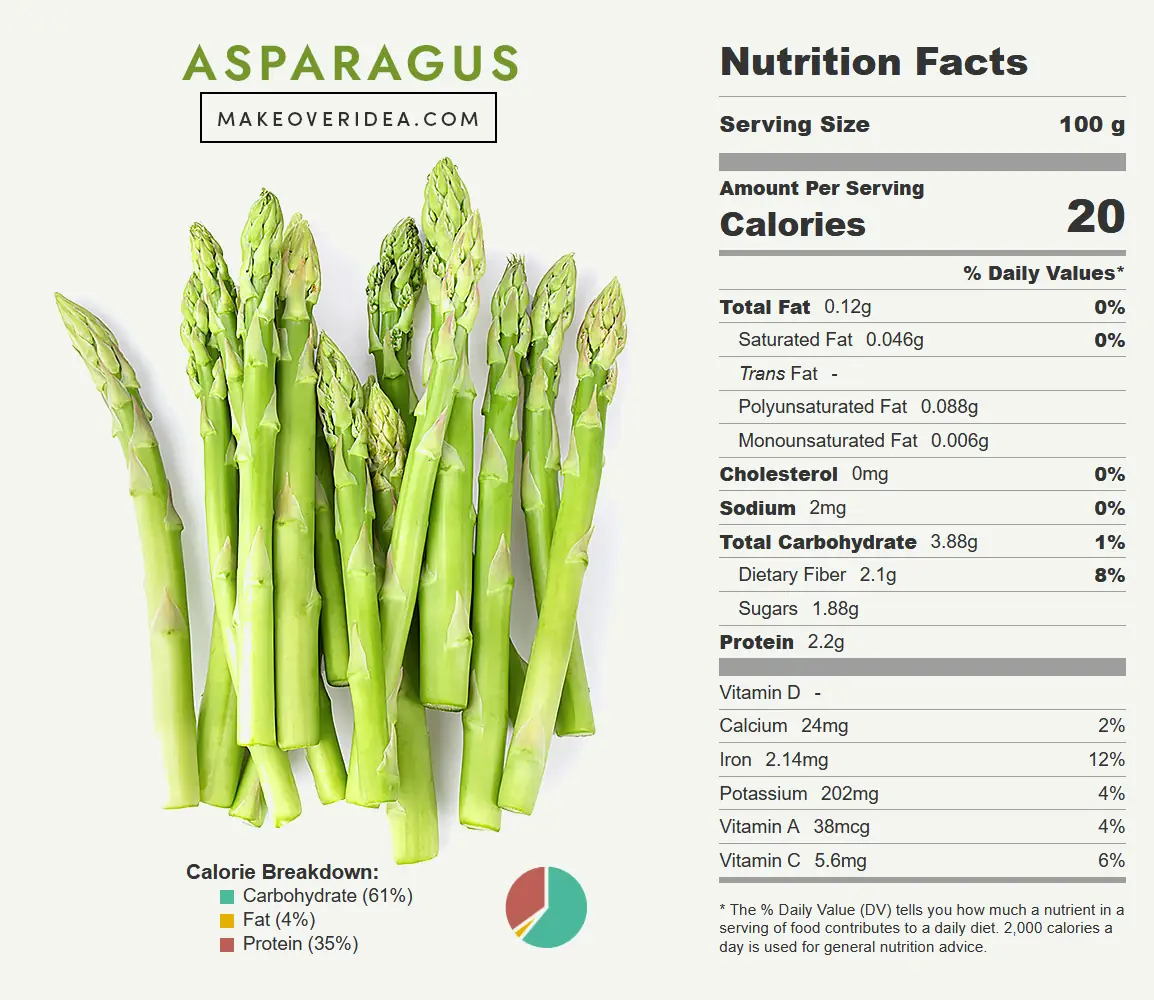
History and Cultivation
Now, let’s take a trip down memory lane and visit the site where asparagus first made its culinary debut.
Origins and Historical Use of Asparagus
Asparagus has been prancing around for quite a while. Records show that asparagus was being enjoyed in Egypt around 3000 BC. Even Julius Caesar couldn’t resist this amazing vegetable. The Romans were so fond of it, they used to dry it to store asparagus for later use. If it’s good enough for Caesar, it’s good enough for us, right?
Asparagus in Global Cuisine
Fast forward to modern times, asparagus has waltzed its way into cuisines worldwide. The Italians have their creamy asparagus soup, the French are head over heels for asparagus salad, and you’ll find pickled asparagus in Korea. Talk about a vegetable with a passport!
Modern Cultivation Methods and Innovations
Modern cultivation methods have turned asparagus farming into a fine art. It’s all about the right temperature, watering techniques, and soil conditions. There are even machines to harvest asparagus, which not only saves time but also helps prevent damaging the asparagus bottoms. As they say, necessity is the mother of invention!
Propagation
Now let’s get down to the nitty-gritty. How do we get from a single asparagus seed to those beautiful spears in your local market?
Propagation by Seeds
Starting asparagus from seeds is like watching a magic show. You start with these tiny, seemingly lifeless seeds and before you know it, they burst into life, growing into these beautiful fern-like plants. It’s slow going though. Growing asparagus from seeds can take up to 3 years before you get those lovely spears.
Propagation by Crowns
If patience isn’t your strong suit, you might want to consider propagation by crowns. Asparagus crowns are basically one-year-old plants that are ready to be transplanted. It’s the express lane to asparagus town, if you will.
Propagation Time and Success Rate
Whether you choose to propagate asparagus from seeds or crowns, timing is key. The best time to plant is in the spring, when the soil is warm. With the right care and conditions, you could be looking at a 75-90% success rate.
Planting Asparagus
Okay, folks, let’s dig a little deeper into the specifics of planting asparagus.
Choosing the Right Location
Location, location, location! It’s not just important in real estate, it’s critical for growing asparagus too. Asparagus needs full sun, so choose a spot in your garden that gets at least 6 hours of sunshine per day.
Preparing the Soil
Just like how we love our beds to be comfy and snug, asparagus loves rich, well-draining soil. A bit of compost or aged manure can work wonders here. Just remember, the happier the soil, the happier your asparagus!
Spacing and Depth Considerations
When planting, remember asparagus is one plant that needs its personal space. Crowns should be planted about 18 inches apart and at a depth of 6-8 inches. As for seeds, a shallower depth of 1 to 2 inches will do. Trust me on this, the results will be worth the effort.
How to Grow Asparagus
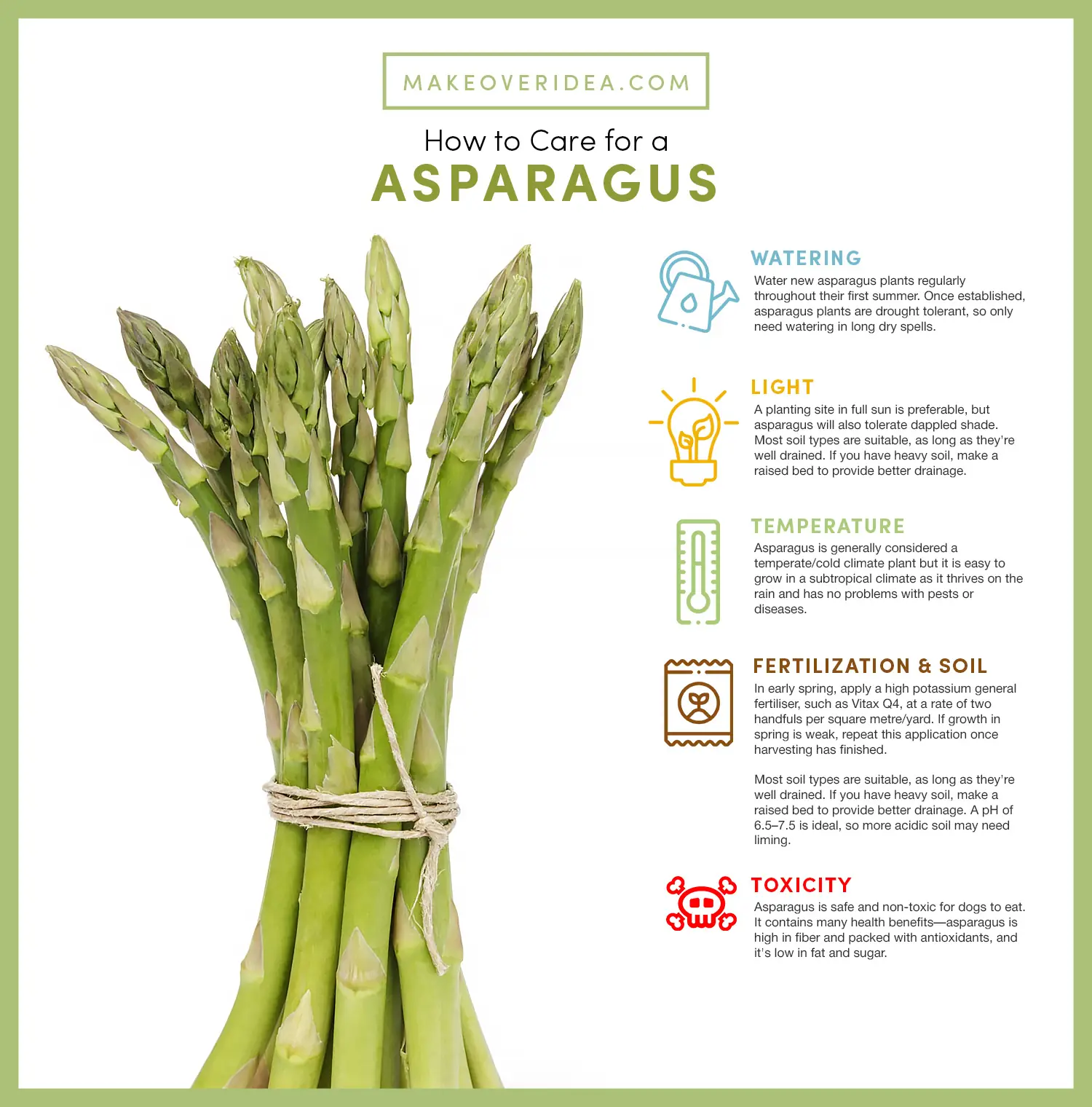
Now that we’ve covered planting, let’s move on to the real deal – growing asparagus.
Light Requirements
Sunshine is your asparagus’s best friend. It just loves basking in the sun. So make sure it gets at least 6 hours of direct sunlight each day.
Watering Guidelines
While asparagus loves sunbathing, it isn’t a big fan of thirst. Keep the soil consistently moist but never waterlogged. Usually, an inch of water per week should be enough. Of course, you may need to water more frequently during hot, dry spells. Your asparagus will thank you!
Importance of Mulching
Adding a layer of mulch around your asparagus plants can help retain moisture, suppress weeds, and keep the roots cool. It’s like giving your asparagus a comfy blanket. Don’t forget to replenish the mulch as it decomposes.
Soil Preferences
Asparagus prefers well-draining soil with a pH between 6.5 and 7.5. If your soil is heavy clay or sandy, you might want to amend it with compost or aged manure to improve the texture and fertility. After all, we all deserve a good home, right?
Climate and Temperature Conditions
Asparagus is a pretty hardy plant, but it does best in cooler climates with temperatures between 60°F and 70°F. That being said, it can tolerate lower temperatures, but growth will slow down. And remember, young shoots can be damaged by frost, so be sure to keep an eye on the forecast.
Fertilizing Schedule and Techniques
Feeding your asparagus is crucial for its growth. You can start with a balanced fertilizer in early spring, and then switch to a high phosphorus fertilizer after the harvest to promote good root development. Just remember to follow the instructions on the packaging to avoid over-fertilizing.
Maintenance and Pruning Tips
Pruning isn’t necessary for asparagus, but you should remove dead foliage in late fall to keep the bed clean and disease-free. And guess what? Asparagus plants are perennials, so you’ll be able to enjoy those tasty spears year after year.
Harvesting Guide and Tips
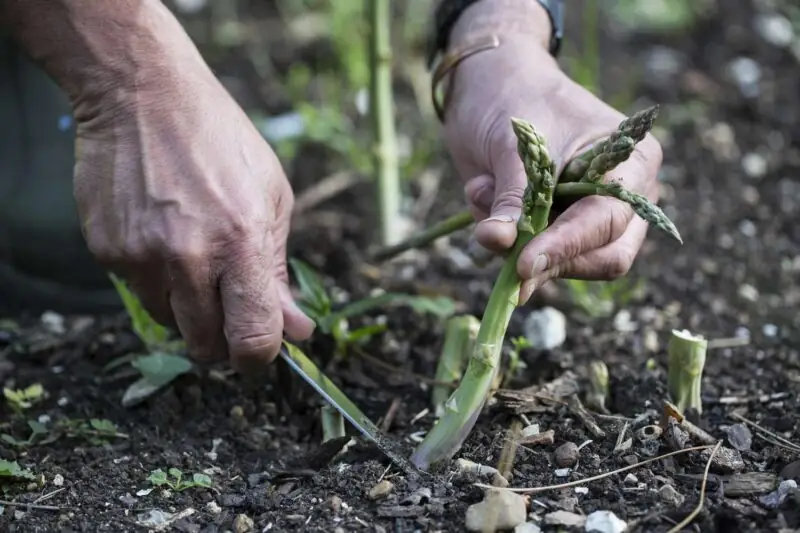
Alright, here’s the part you’ve been waiting for – the harvest! The rule of thumb is to wait until the third year to harvest asparagus to let it establish. Then, you can enjoy those tender spears from spring until early summer. Just make sure to stop harvesting once the spears start to thin out to allow the plant to store energy for next year’s crop. Now, get ready to fill your kitchen with that delightful aroma of cooking asparagus!
Growing White Asparagus
So, you’ve got the hang of growing green asparagus, but have you ever tried your hand at growing white asparagus? It’s a fun challenge if you’re up for it!
The Process of Blanched Asparagus
White asparagus is actually green asparagus that has been blanched. This involves mounding soil or mulch around the asparagus spears as they grow to block out sunlight. This prevents the production of chlorophyll, keeping the asparagus white. It’s like a surprise party for your asparagus – the sun is out, but the asparagus is kept in the dark!
Differences Between Green and White Asparagus
Besides the color, there are some other differences between green and white asparagus. White asparagus has a milder, more delicate flavor than green asparagus. It also has a slightly thicker, tougher skin, so you might want to peel white asparagus before cooking.
Care for White Asparagus
The care for white asparagus is pretty similar to that for green asparagus. It needs full sun, well-draining soil, and consistent moisture. The real difference comes in the mounding process, which requires more labor and attention. But, don’t worry, the delicious outcome will make all the effort worthwhile.
Pests and Diseases
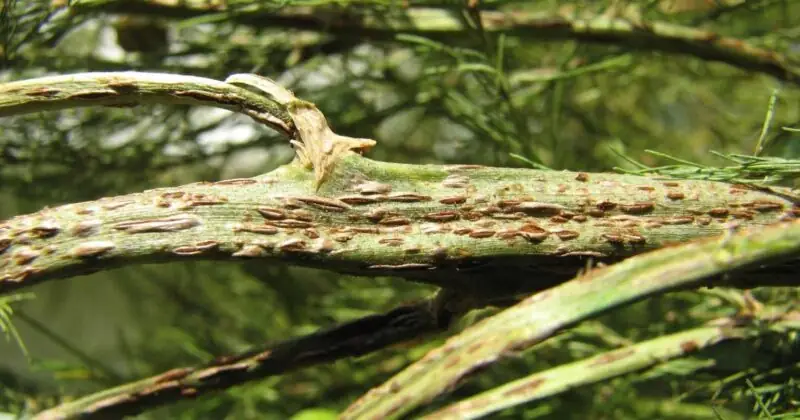
Just like us, asparagus has its share of enemies. Let’s see who they are and how we can fight them.
Common Asparagus Pests
Insects like asparagus beetles, cutworms, and aphids are common pests that can harm your asparagus. But don’t worry, with proper care and vigilance, you can keep these pesky critters at bay.
Potential Asparagus Diseases
Asparagus can also be prone to diseases like asparagus rust and fusarium wilt. Good practices such as crop rotation, good drainage, and removing old foliage can help keep these diseases in check.
Prevention and Treatment Strategies
Prevention is better than cure, right? Keeping a clean garden, providing adequate nutrients, and regular monitoring can go a long way in preventing pests and diseases. And if you spot any problems, act quickly! There are many organic and sustainable pest management methods available.
Organic and Sustainable Pest Management
For instance, you can use beneficial insects to control pests, use disease-resistant varieties, or even try homemade remedies like a soap and water spray. Remember, a healthy plant is the best defense against pests and diseases.
Ways to Cook Asparagus : Roast, Grill, Steam or Blanch
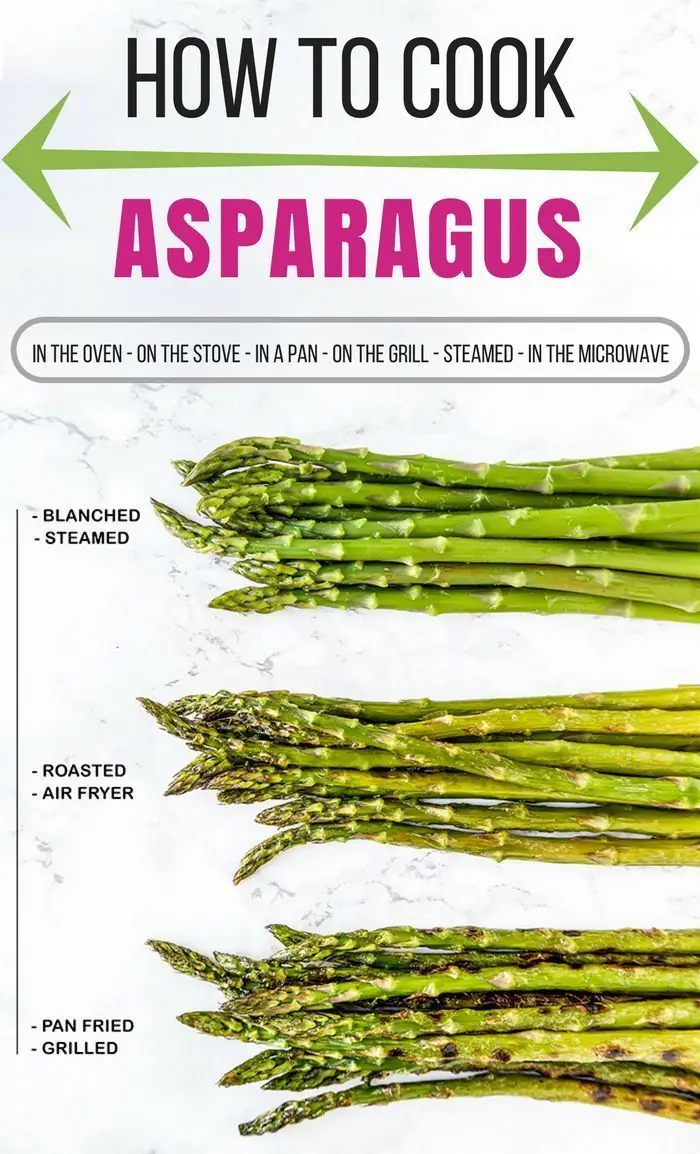
Alright, let’s get down to the tastiest part of this journey – cooking and preserving asparagus! There’s nothing like biting into a bright green asparagus spear fresh from your garden. It’s like tasting springtime itself! But how can you take that humble spear and transform it into a culinary delight? Don’t worry, I’ve got your back.
Basic Preparation and Cooking Methods
The first step to any asparagus recipe is prepping your fresh asparagus. Start by washing it well under cool water. Next, you’ll want to snap off those woody ends. Just bend the stalk and it’ll naturally break where the tender part meets the tougher bottom.
Next up, it’s time to decide how you want to cook it. Now, there’s no one best way to eat asparagus, it all comes down to personal preference. You can roast it, grill it, steam it, blanch it, or even eat it raw!
If you’re in the mood for something simple, try roasting your asparagus. Lay your asparagus out in a single layer on a baking sheet. Drizzle it with some good-quality olive oil, sprinkle on a little salt and pepper, and roast in a hot oven. It’s done when it turns a beautiful bright green color and starts to brown just a bit. Want to amp up the flavor? Squeeze a bit of fresh lemon juice on top and sprinkle on some grated Parmesan cheese. There’s nothing like the combination of roasted asparagus, tangy lemon, and salty Parmesan!
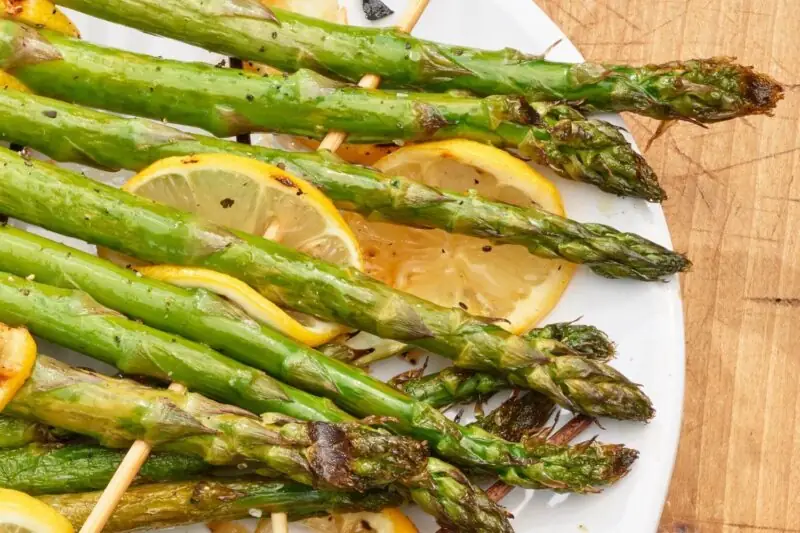
Grilling and Charring Asparagus
If you’ve got your grill fired up, why not throw on some asparagus? Grilled asparagus gets a wonderful charred flavor that’s absolutely delicious. Just toss your asparagus with a bit of oil, salt, and pepper, and grill until it’s tender and has nice grill marks. Top with a bit of lemon juice and Parmesan cheese for that extra punch.
Creative Culinary Uses for Asparagus
Want to get creative? Try shaving your asparagus with a vegetable peeler. Toss these thin strips in a salad or pile on top of a pizza. Or how about making a creamy asparagus soup? Or an asparagus frittata? There’s no end to the amazing asparagus recipes you can try!
Preserving Asparagus: Canning, Freezing, and Pickling
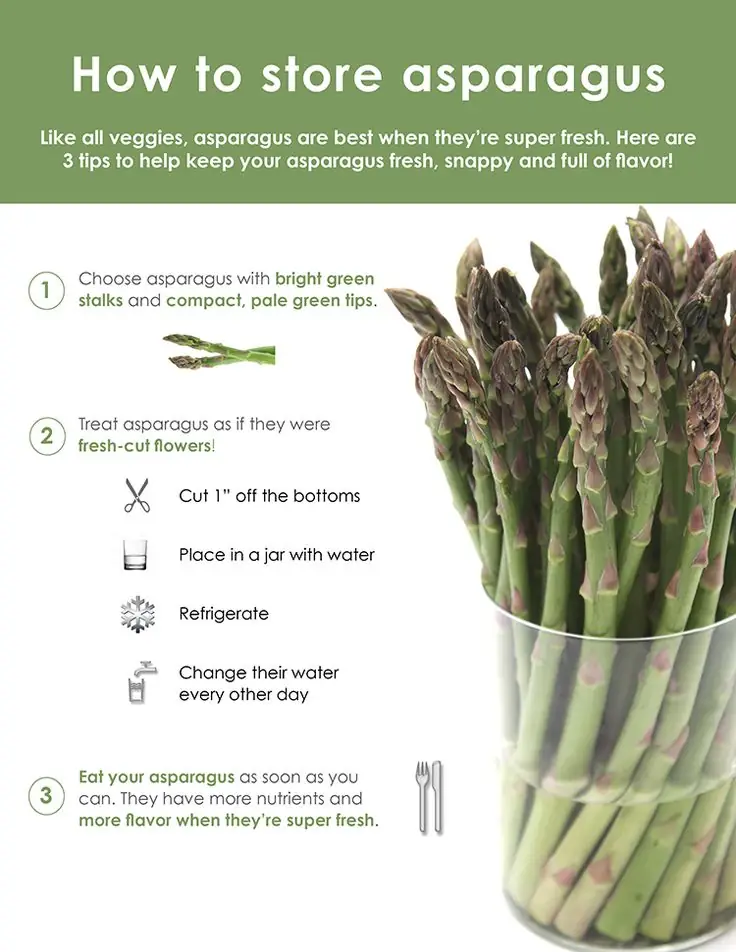
Fresh asparagus has a fairly short season, so you might want to preserve some to enjoy later. One option is to freeze it. Simply blanch your asparagus in boiling water for 2 minutes, then plunge it into a bowl of ice water to stop the cooking. Once it’s cooled, pat it dry and freeze in a single layer on a baking sheet. Once it’s frozen, transfer it to a plastic bag and store in your freezer.
You can also pickle asparagus. It’s a bit more involved than freezing, but pickled asparagus can be a tangy treat! And of course, you can can asparagus, but that’s a whole other topic.
One thing to note: whenever you’re preserving asparagus, you’ll want to make sure to do it when the asparagus is at its freshest and best.
Frequently Asked Questions
Let’s take a quick pit-stop to address some of your burning questions about asparagus.
For those of us who love asparagus, waiting for this veggie can feel like forever. If you’re starting from crowns, you’re looking at about two to three years before you’re harvesting tender asparagus. And if you’re patient enough to start from seeds, tack on another year to that. But oh boy, when those first spears pop up in the spring, it’s asparagus heaven!
You sure can, partner! While asparagus prefers the great outdoors, you can grow it in a pot. Pick a deep one, though. Those asparagus stalks dig deep, up to 6 feet! So go ahead and add the asparagus to your balcony garden, why don’t ya?
Thin asparagus spears can happen for a couple of reasons. You might be harvesting too much, the soil might need a little love, or the plant is still young. It’s the asparagus way of saying, “Hey, slow down there!”
Oh, this is a tough one. There are so many delicious asparagus recipes. But if I had to pick, I’d say you can’t beat a perfectly roasted asparagus. Lay out your asparagus in a single layer on a baking sheet. Drizzle with olive oil, sprinkle with minced garlic, and roast until perfectly tender. Squeeze some fresh lemon on top, and you’ve got the best asparagus recipe this side of springtime.
You betcha! First off, you’re gonna want to prep the asparagus by snapping off the woody ends. Where to snap? Just bend the stalk and it’ll break where the tender bit starts. Then, it’s up to you how you want to cook your asparagus. You can roast it, grill it, steam it, or even shave it raw into salads. The asparagus world is your oyster!
Final Thoughts
Growing asparagus may be a bit of a slow game, but when you bite into that first tender, home-grown spear, it’s all worth it. Not only is asparagus versatile and delicious, but it’s also a beautiful plant that can add structure to your garden. Whether you’re a gardening newbie or a seasoned pro, asparagus is a fantastic addition to any garden. Now, get out there, and may the asparagus be with you!